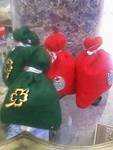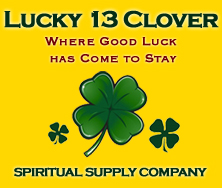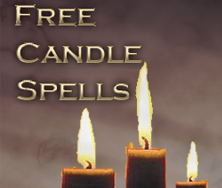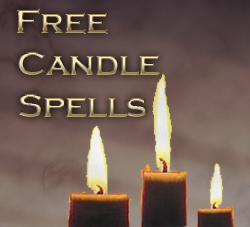
When I wrote my Newsletter for May, as well as an accompanying blog post and yet another article for another newsletter for a group to which I belong, how would I have known that one’s ancestry and genealogical composition would take center stage in the World. I have seen various Persons of Color of all ethnicities (there is a difference) stand in unison in protest for the recent deaths of those in police custody. This is the correct and right thing to do.
Dictionary.com describes a Person of Color as ‘A nonwhite person, such as someone of African or Native American descent. For example, They have made a genuine effort to promote persons of color to executive positions. This seemingly modern euphemism actually dates from the late 1700s and was revived in the late 1900s.’ While attempting to use the online Miriam-Webster Dictionary word search function on their website, I could not obtain a definition of People of Color or Person of Color.
But what about those of us who have more than one ethnic/racial makeup who are now being asked to take a look at ourselves and ask, “Who am I?” during this time of social upheaval and change in America? Where do us – those ” Heinz 59 Sauce” mix of “a little bit of just about everything” fit in? While delving into research about Ancestor veneration, the real source of all Ancestral work begins with you.
The best source of your family’s beginnings comes from conversations with the Elders. Siting since a little girl and listening to the same stories and discussions about events in the family’s past is a way to understand where you come from. For instance, I know that on my Mother’s side, I am Alabama-Coushatta Native American, Irish, and Cajun – or – those who moved from Acadia (northeastern part of the North American continent). On my Father’s side I am English, Scottish, and Dutch. I know that because of what happened to my Mothers’ tribe I was not eligible for Government funds for college, but the alternative to that might have been total decimation of the tribe from smallpox on the Trail of Tears. If you do not have Elders such as Mom and Dad in your family to speak with, contacting your Aunts, Uncles, and cousins would be your next resource of all things family. There are also online resources with websites like Ancestry.com to help you look for family members.
In the past few years there has been a silent but growing trench that may divide the Hoodoo community – the ‘right’ to claim Hoodoo in your heritage because of the tone of your skin. We have to remember that Hoodoo is not particular to one race as it is a combination of African, Native American – and – European folkloric beliefs, rituals, herbal plant lore, and traditions. There are those practitioners that espouse that a lighter skinned individual could not lay claim to authenticity of hoodoo rituals simply because there was a blend of native blood in you. I have addressed this previously in my article, “Tarot by Jacqueline | Whos’ Zoomin’ Who?”
Once you have found out where you come from and who you are, you can start to deepen your connection with your Ancestors. For example, if you find you have lineage from Nordic tradition you might want to look into Vikings and other Scandinavian tribes. If you are from the Caribbean, look into African and Taino Indian tribes. Setting up multiple mini altars within the same room or alcove might be something to consider, as you research where you came from.
Taking your time to get to ‘know’ the family members who came before you will help you in your decision making process in which lineage you might want to accent, and which lineage you might want to pay nominal homage to. This is a decision that only you can make, as each individual can decide which members of the family should receive the highest respect.
P.S. – By the way, I am not a natural blonde – it’s because raising so many children turned my hair a lighter shade of grey. Gotcha!









